What is Hot Melt Adhesive Granule and where is it used
- What is hot melt glue?
- How does hot melt glue work?
- How is hot melt glue applied?
- Hot melt glue housekeeping
- Hot melt glue application tips
- Woodworking adhesives granules
- How to buy hot melt adhesives?
If you’ve been tasked with purchasing a hot melt glue for the first time, or simply have an issue with the application of an existing hot melt, then understanding how these adhesives work will help you to avoid common problems and to get the most out of your adhesive.
Hot-melt adhesives provide customers in every industry sector with uniquely versatile, high performance solutions.As specially formulated preparations, hot-melt adhesives can be tailored to adhere strongly to most materials including metal, plastic, rubber, ceramic, glass, wood, paper, leather, fabric, and foam. Unlike less advanced adhesives, hot melts can also be used with confidence on hot, cold or wet surfaces.
Hot melt can be of different colors, differ in composition, viscosity, operating temperature, open time and other parameters. Hot-melt adhesives are presented in the form of rods, granules, pads and blocks. Their shape is adapted to the area of application and the type of equipment with which the adhesive is applied.
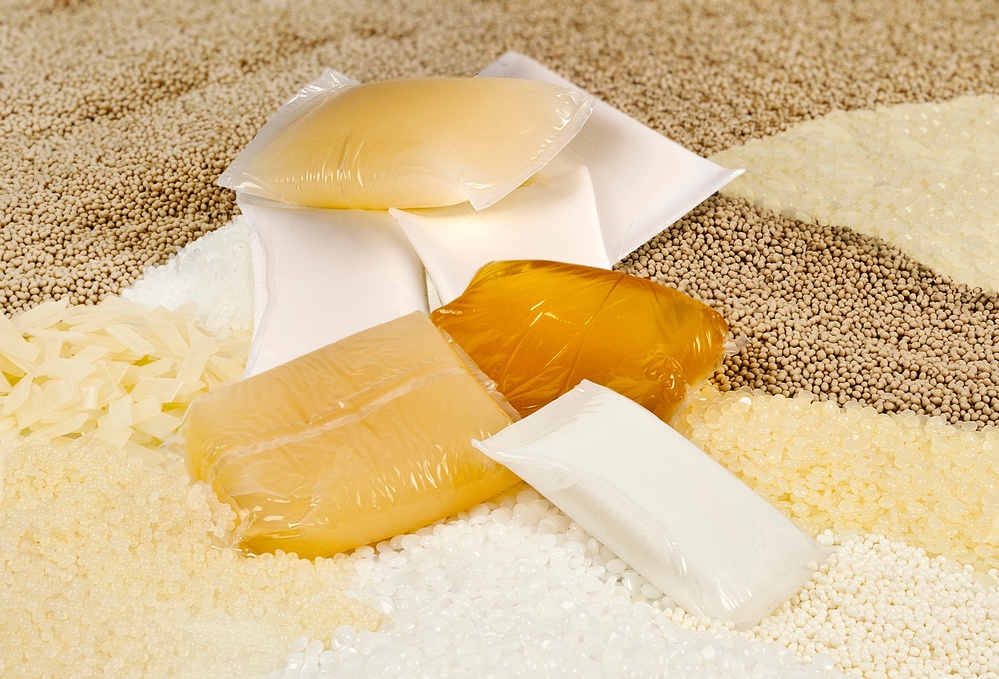
In this article, we’ll explain: what hot melt glues are; how they work; how to apply them, as well as useful housekeeping and application tips.
What is hot melt glue?
Hot glue (also called “hot-melt adhesive”) is a 100% solid thermoplastic that is applied in a molten state and forms a bond on cooling to a solid state. Most hot melts lose tack as they solidify.
Typically, hot melts are formulated with polymers, to provide strength and flexibility; resins, that provide the initial tack, and plasticisers, to alter the viscosity and ease of application. Hot glues also include waxes to thin the adhesive, and antioxidants to preserve the adhesive at high temperatures during storage.
Features of hot melt adhesive granule
- Eco-Friendly. Hot melt adhesive granules are non-toxic and solvent-free - making them one of the safest and most eco-friendly adhesives available on the market.
- Easy to Use. Hot melt adhesive granules can be applied using standard machines with minimal setup or disruption to workflow.
- Heat Resistance. Hot melt adhesive granules have a melting point of approximately 160-210°C, which allows them to withstand exposure to high temperatures for short periods.
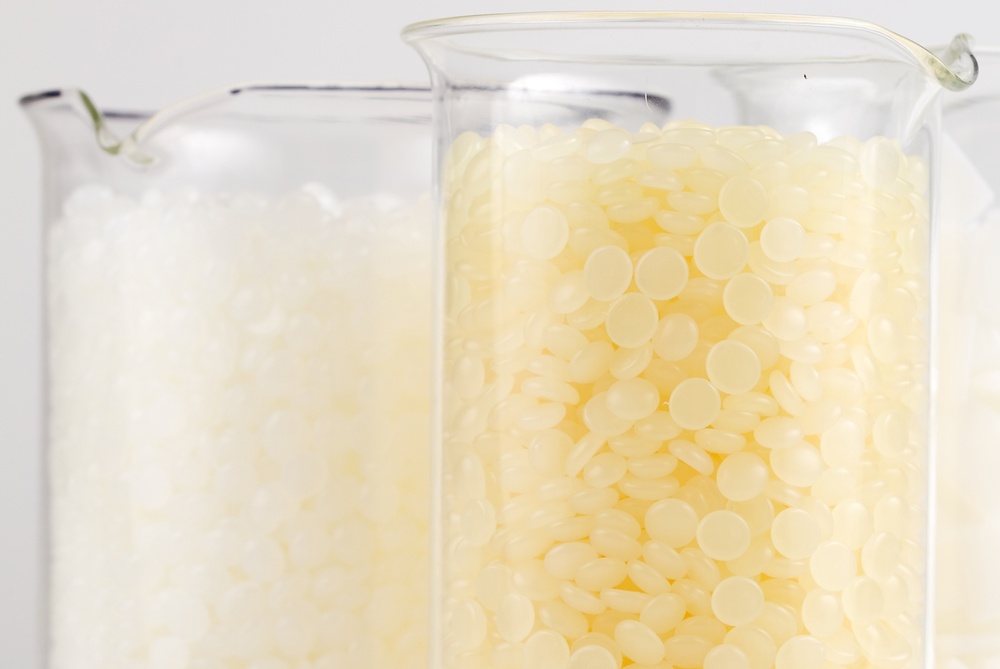
How does hot melt glue work?
As already mentioned, hot glue is applied in a liquid (molten) state after being heated to the adhesive’s application temperature. Ensuring the glue is hot enough guarantees a good “wet out” of the first substrate, with glue able to fill small crevices on its surface. The second substrate must be brought into contact with the first during the adhesive “open time” when it is still hot enough to provide sufficient wet out. Compression is important at this stage, helping to bond both surfaces together.
How is hot melt glue applied?
The first step in the application process is to load adhesive in a hot melt tank; with the adhesive conveyed, via a hose, to the applicator; melted adhesive can then be sprayed, extruded, rolled, or coated onto the substrate, depending on the application requirements.
- Spraying: a useful method for larger coverage areas, fast line speeds, and heat-sensitive substrates.
- Extrusion: nozzles that eject adhesive in bead or line patterns are ideal for closure systems where adhesive is required in a specific spot.
- Roll coating: a quick, efficient, and even way to apply adhesive to the flat surface of a substrate such as paper, wood, metal, or plastic.
- Slot die coating: offers high levels of coating uniformity, with the adhesive extruded from a slot in a die head onto the substrate.
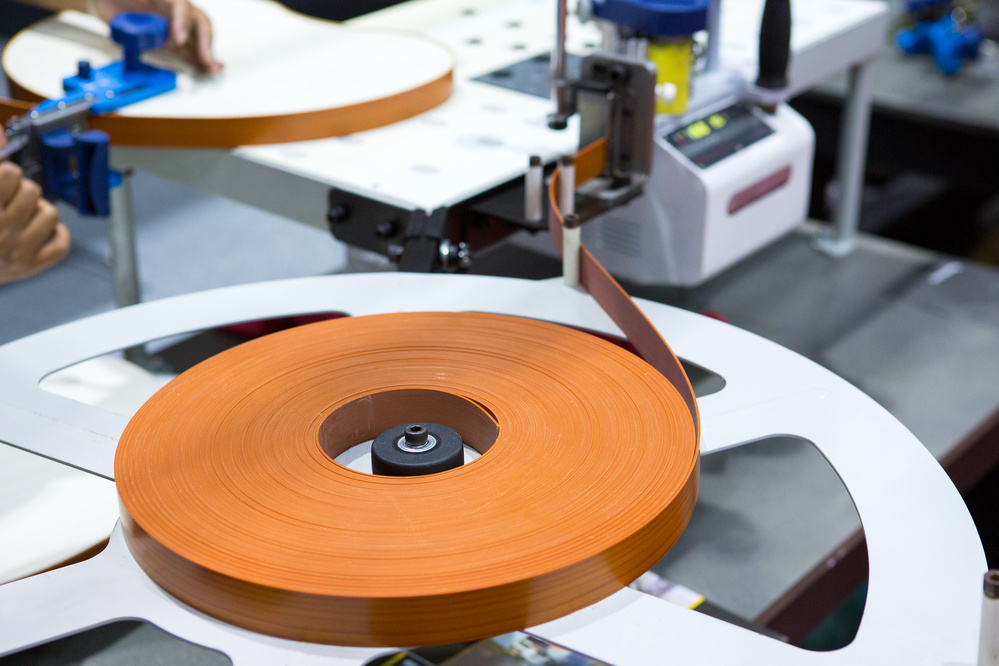
Hot melt glue housekeeping
Applying hot melt glue at the right temperature, and pressure, in the right quantities, and with the right level of compression will help to deliver an effective adhesive bond. The guidelines below, offer an outline to help troubleshoot some of the most common issues found while using hot melt glue.
- Hot melt tank: applying adhesive at the right temperature prevents the hot melt from oxidising and burning, if the heat is too high, or alternatively, stringing and running poorly if the temperature is too low.
- Applicator: getting the application temperature right prevents excess adhesive from being applied, if the glue is too hot, or from experiencing poor jetting and an inconsistent adhesive application if it's too low.
- Pressure: if pump pressure is too low, the flow of the adhesive will be severely restricted and, ultimately, could starve the glue nozzles. If pressure is too high, it may splash, overfire and use an excess of adhesive, not only affecting the efficiency of the process but also presenting a hazard.
- Substrate materials: substrate temperatures above 15°C (60°F) and below 35°C (95°F) generally give the best results. When a hot melt is in contact with a cold surface, its temperature rapidly falls, creating a sharper setting speed and consequent wetting difficulties that can lead to defective gluing.
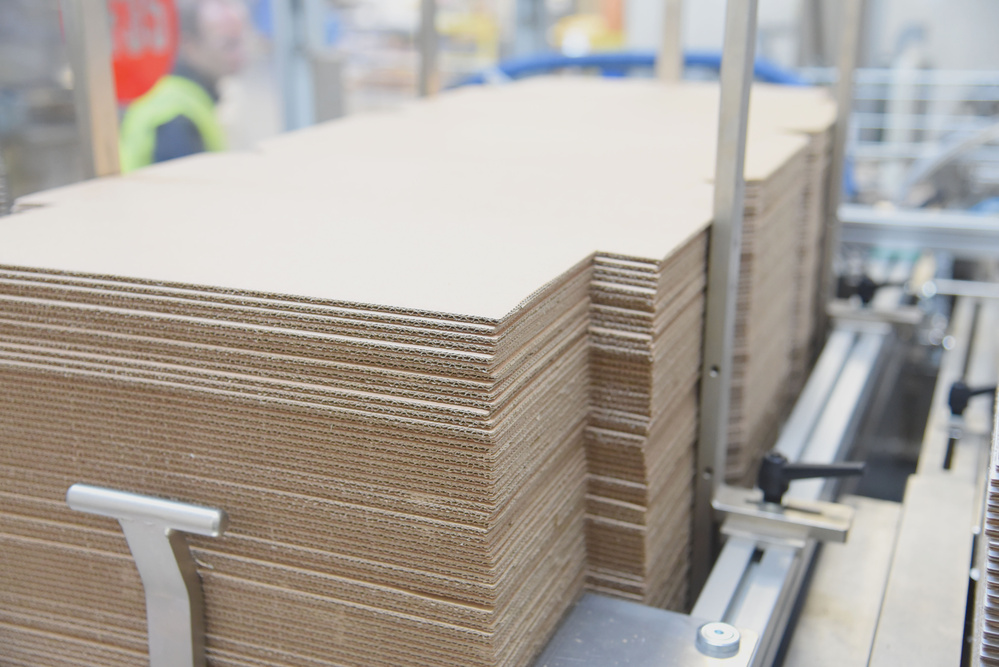
Hot melt glue application tips
- Compression: the right amount of compression will prevent spontaneous bond failure or poor long-term bond integrity, if compression is too low; or deformation of the substrates so that adhesive/substrate contact is inadequate with the bond broken during consolidation, if compression is too high.
- Wetting out: sufficient compression at a high enough temperature should allow difficult surfaces to be properly wet out, such as coated packaging materials that have low surface energy.
- Open time: the hot melt glues open time must be equal to that of the application. If the open time is too short, the substrate will not wet out and bonding will not take place or bonds will fail shortly afterward. If too long, then insufficient time will elapse for the hot melt to lose heat and acquire sufficient green strength to prevent the flaps from springing open when leaving the compression section.
- Adhesive quantity: the optimum amount of hot melt must be applied to affect an adequate bond. Too much will lead to open time problems, increased consumption, stringing, and squeeze out during compression – leading to machinery contamination and unnecessary cleaning. With too little adhesive applied, the open time and set speed will be reduced, as will the gap-filling properties, wet out of the adhesive, and ultimately, it's bond formation.
Woodworking adhesives granules
Woodworking is the industry that uses granular hot malt the most. wood glues are used in demanding precoating, edgebanding, profile wrapping, softforming, foam bonding, V-grooving and top laminating applications.
Beardow Adams uses the finest raw materials and advanced manufacturing processes to produce unique, high-performance hot melt woodworking adhesive solutions. Hot-melt adhesives can be used with most woodworking machines and provides superior adhesion of PVC, HPL, solid wood, melamine, wood veneer and other materials to MDF and chipboard.
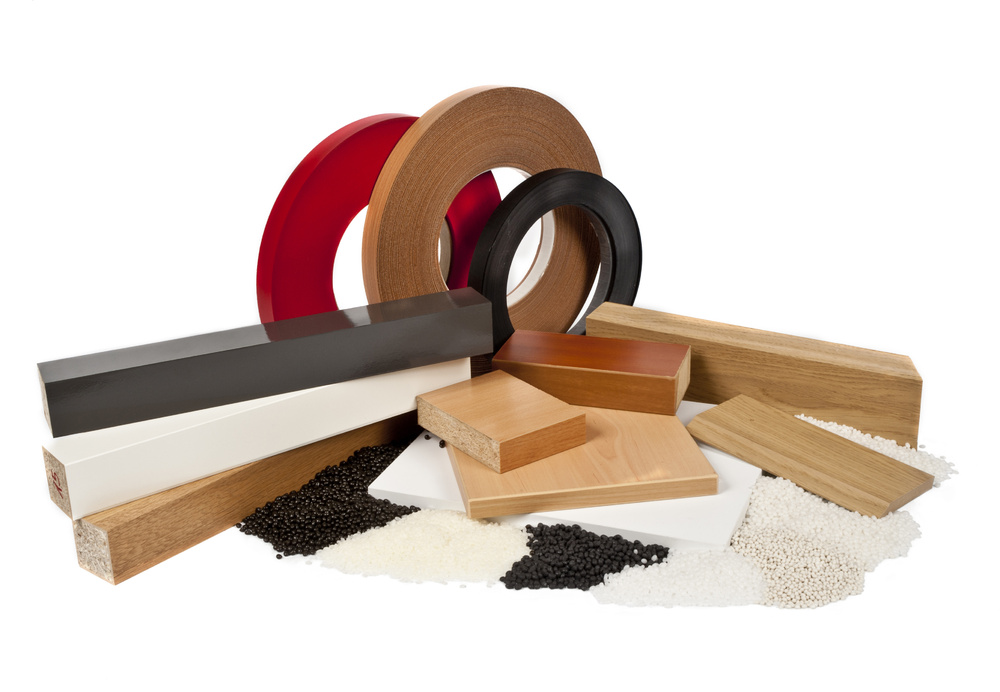
Advantages and properties of hot melt adhesives granules for woodworking:
- Good thermal stability.
- High setting speed.
- Excellent low temperature performance down to -40°C.
- Elasticity.
- Viscosity for many grades at 200 °C from 27,600 to 120,000 cPs.
- Most grades have excellent adhesion to polypropylene.
- High stickiness and long open time.
- Wide range of colors.
- The BAMFutura range of adhesives does not contain fillers and does not leave deposits.
- Safe for people and the environment.
- Adhesive seam does not stick out due to weather conditions.
How to buy hot melt adhesives?
You can buy hot glue directly from Lux-X managers. You can order wholesale or retail glue on the website lux-x.com.If you would like further information about range of hot melt glues, or would like to talk to our technical team about the set-up of your hot melt application, drop us a message via the Contact us page.






